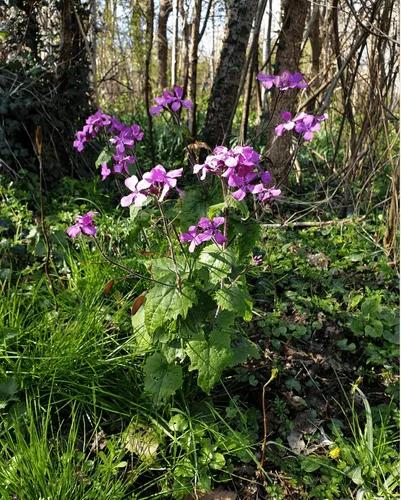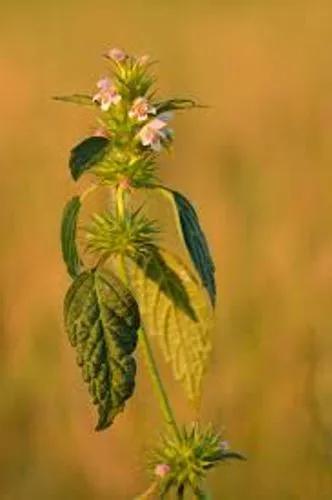The leaves are palmately compound with five (rarely seven) leaflets, 10–25 cm long and broad. The flowers are produced in panicles in spring, yellow to yellow-green, each flower 2–3 cm long with the stamens shorter than the petals (unlike the related A. glabra (Ohio buckeye), where the stamens are longer than the petals). The twigs have a faintly rank odor, but much less so than the Ohio buckeye, A. glabra. The fruit is a smooth (spineless), round or oblong capsule 5–7 cm diameter, containing 1-3 nut-like seeds, 2.5-3.5 cm diameter, brown with a whitish basal scar. The fruit is poisonous to humans but can be made edible through a leaching process.
Sweet Buckeye Care
Aesculus Flava



Leaf blotch can be a significant problem. Powdery mildew, leaf spots and anthracnose may also occur. Buckeye lacebug, Japanese beetles, bagworms and borers are infrequent but potentially troublesome. Leaf scorch (brown edges) may occur in droughty conditions or on sites exposed to wind. Disease problems for this tree are generally not as severe as those for Ohio buckeye. Not recommended as a street tree or for use near homes because of the litter produced (particularly twigs, fruit and falling leaves). May be used as an ornamental shade tree. A good selection for more remote areas of the landscape including native plant and moist woodland areas. Michael Dirr considers this tree to be the most beautiful of the large growing Aesculus. Genus name is the Latin name for a kind of oak bearing edible acorns but applied by Linnaeus to this genus.
Specific epithet means yellow in reference to flower color.
How to Care for the Plant

Popularity

156 people already have this plant 11 people have added this plant to their wishlists
Discover more plants with the list below
Popular articles






